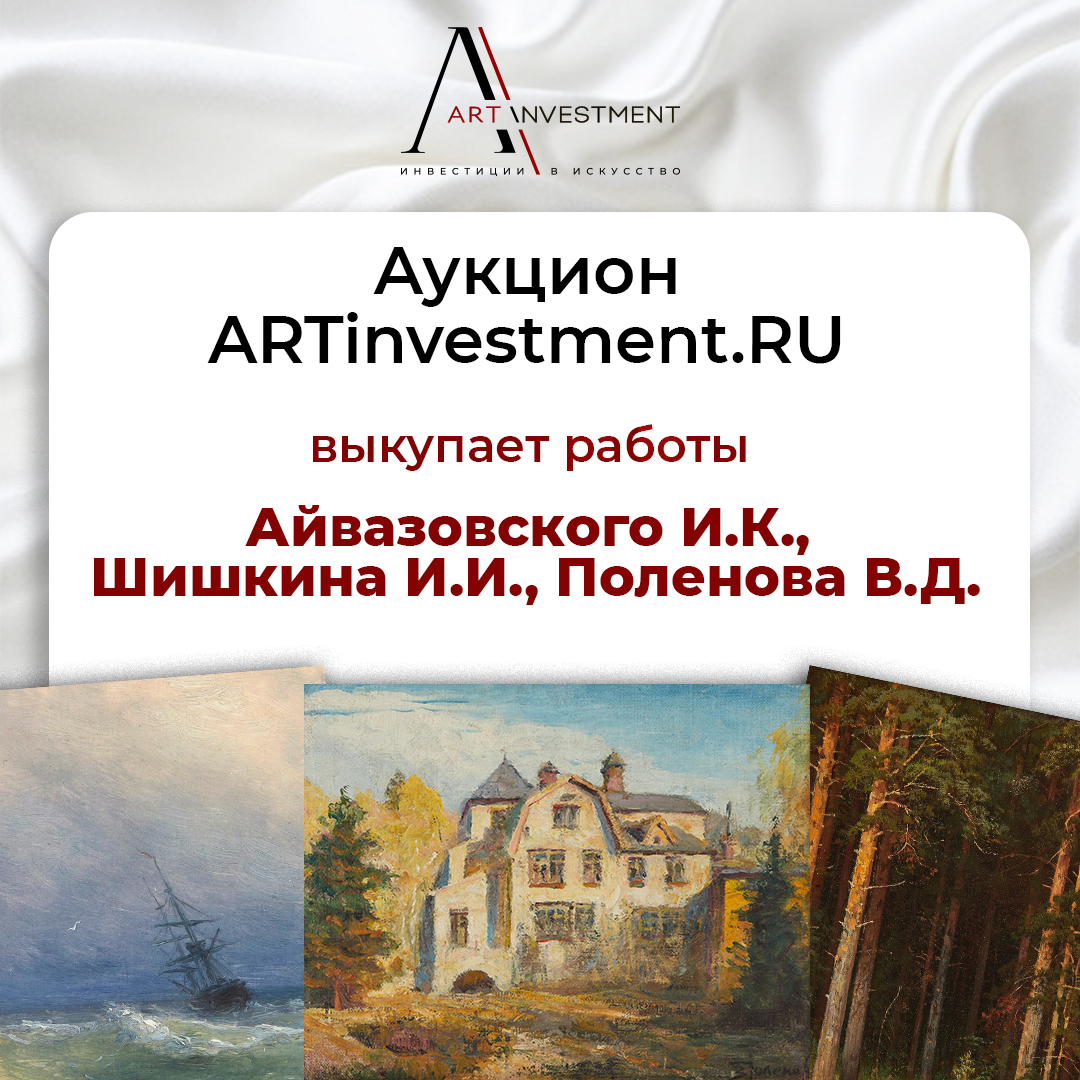Leningrad easel lithography in Galeev Gallery
Today Galeev Gallery will be opening an exhibition "Leningrad easel lithography. Pre-war period (until 1941) "
Today, 20 November, in Galeev Gallery (B. Kozikhinskiy AC, 19 /6, p. 1) will be opening the exhibition "Leningrad easel lithography. Pre-war period (until 1941 )».
history of lithography in Russia has about two centuries, but it so happened that it was the 1930's began its culmination, the "golden age". Artists' Leningrad school "made its unique contribution to the development of this genre. The phenomenon of Leningrad easel lithography emerged long before the development of culture prints, reached its zenith in the post-war Europe, when the acknowledged masters of easel painting (Picasso, Braque, Matisse, itself the idea of mass production of lithographs was not new, but timely and, importantly, harmless. Timely because the "transitional" phase of the construction of Soviet society, said the language of the collectivist sentiments: "Down with the petty bourgeoisie and the bourgeois, the Soviet painting - in every house, art - the toiling masses. The term articulated in strictly defined limits, taking into account the new socio-political doctrine defined the semantic content of the "new life". Harmless because it had nothing to do with individualism formalist apologists: no manifestos or conceptual proclamations. And at the same time, the idea was raised a very important problem: it allows the artist to one degree or another to remain within the creative experiment without being completely dependent on the censor or the party organizer.
1930 -- ies - especially their home - take-off and approval of a new model of Romanticism - Romanticism Soviet pre-war era, endowed with their own features and, of course, based on genuine and sincere feelings. It was formed in the wake of the desire of young artists to participate in the construction of a new type of state. Awakening will come later, the degree of creative freedom and power of creation that were permissible before the war, were subsequently lost.
Experimental Lithographic Workshop, since 1933, situated on Herzen Street in Leningrad, and cultivated and satisfy the public order, the making taste some of the population. The value of the workshop is that it has extended the borders of existing art market from the powerfully-biased so as to spontaneously established demand subjects.
mission was understood in the studio creating art accessible and democratic: to make "high" mass to accomplish the export of artistic culture (sometimes forced), a broad expansion izopredmetov in the world of people, can not imagine what art in general. Make it clear the camp of rekrutiruya art lovers as many as possible, thus increasing the cultural and the protective layer of the country. The aim was naive and touching, but other then it could not be. The tasks were similar workshop with the objectives Detgiz - educate a new person, capable to develop new ideas and new culture, with the only difference being that we are talking about have already made man.
Easel lithography played the role of People lubok: it is argued that the real art - not only oil paintings in gilt frames. As the old Russian splints, lithographs 1930 been transformed into objects gathering. Once they were used for its intended purpose: they hung on the walls of dwellings, public institutions, clubs and houses of culture, given away on holiday occasions. Not all lists have successfully passed the test of time. Many are deteriorating, paper burns out, because very few people thought about keeping them as works of art. They are becoming less and less. Most fortunate sheets, which the artist kept in his folders, gifts valued colleagues and friends, keeping them in the blockade. There were trial (interim) prints, the uniqueness of which is even more evident.
exhibition is formed from such "probes". They are not worth a stamp shop, which means that they vnetirazhnost, they are the laboratory and in nature are "kitchen" of the artist. Often unexpected effects, born of the printing process, make prints unique. Sheets of the Leningrad home folders artists: Kurdova , N. Stipa , Titov , A. Pakhomov , Yu Vasnetsova , G. Vereisk , H . Kostrova, A. Jacobson , from the archives of art: V. Voinov , Yu Rusakov, P. Kornilov, S. Alyanskaya, B. Suris, who were the real connoisseurs of prints in general and easel lithography in particular, are subject exposure.
released the album, which describes and reproduced 250 lithographs from private collections and collections of the National Library Prints Russia (St. Petersburg).
Source : Press Release Galeev galleries
Permanent link to:
https://artinvestment.ru/en/news/exhibitions/20091120_galeev.html
https://artinvestment.ru/news/exhibitions/20091120_galeev.html
© artinvestment.ru, 2025
Attention! All materials of the site and database of auction results ARTinvestment.RU, including illustrated reference information about the works sold at auctions, are intended for use exclusively for informational, scientific, educational and cultural purposes in accordance with Art. 1274 of the Civil Code. Use for commercial purposes or in violation of the rules established by the Civil Code of the Russian Federation is not allowed. ARTinvestment.RU is not responsible for the content of materials submitted by third parties. In case of violation of the rights of third parties, the site administration reserves the right to remove them from the site and from the database on the basis of an application from an authorized body.

